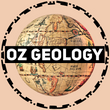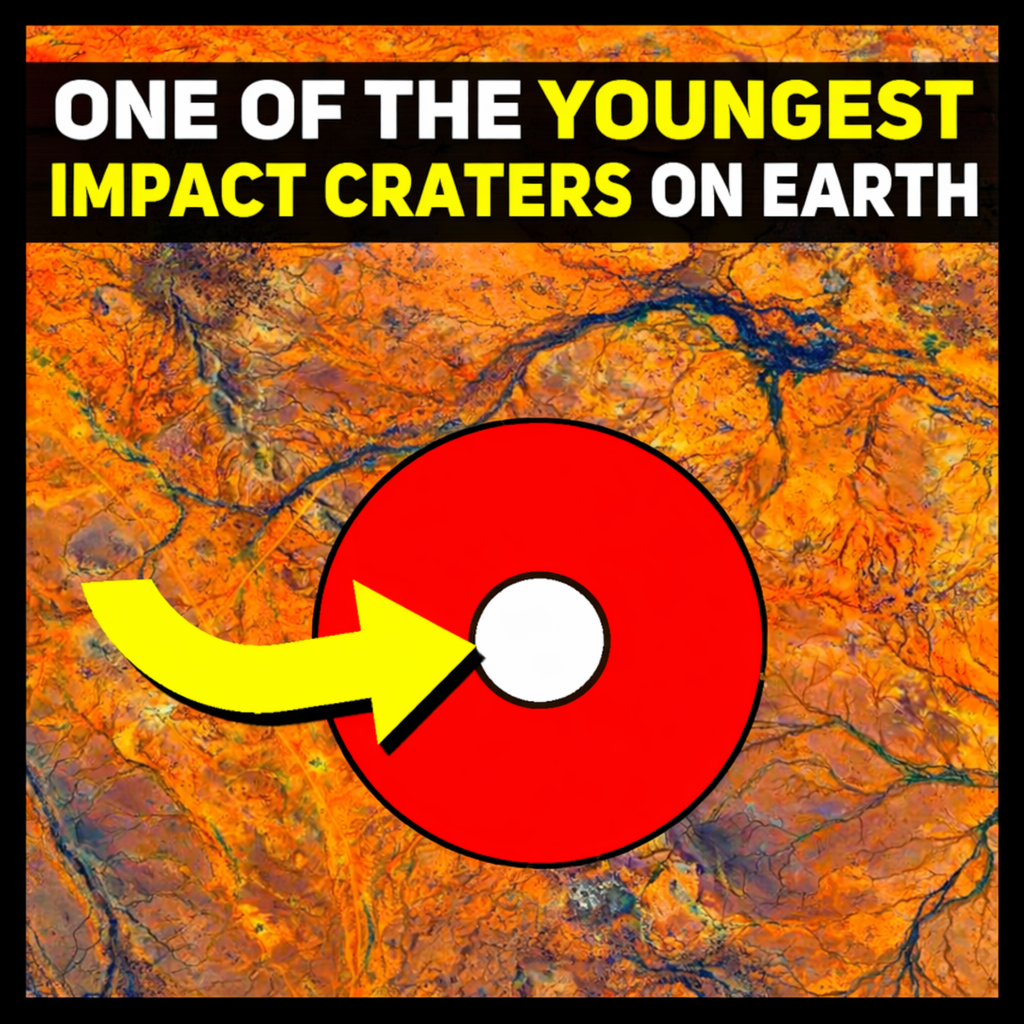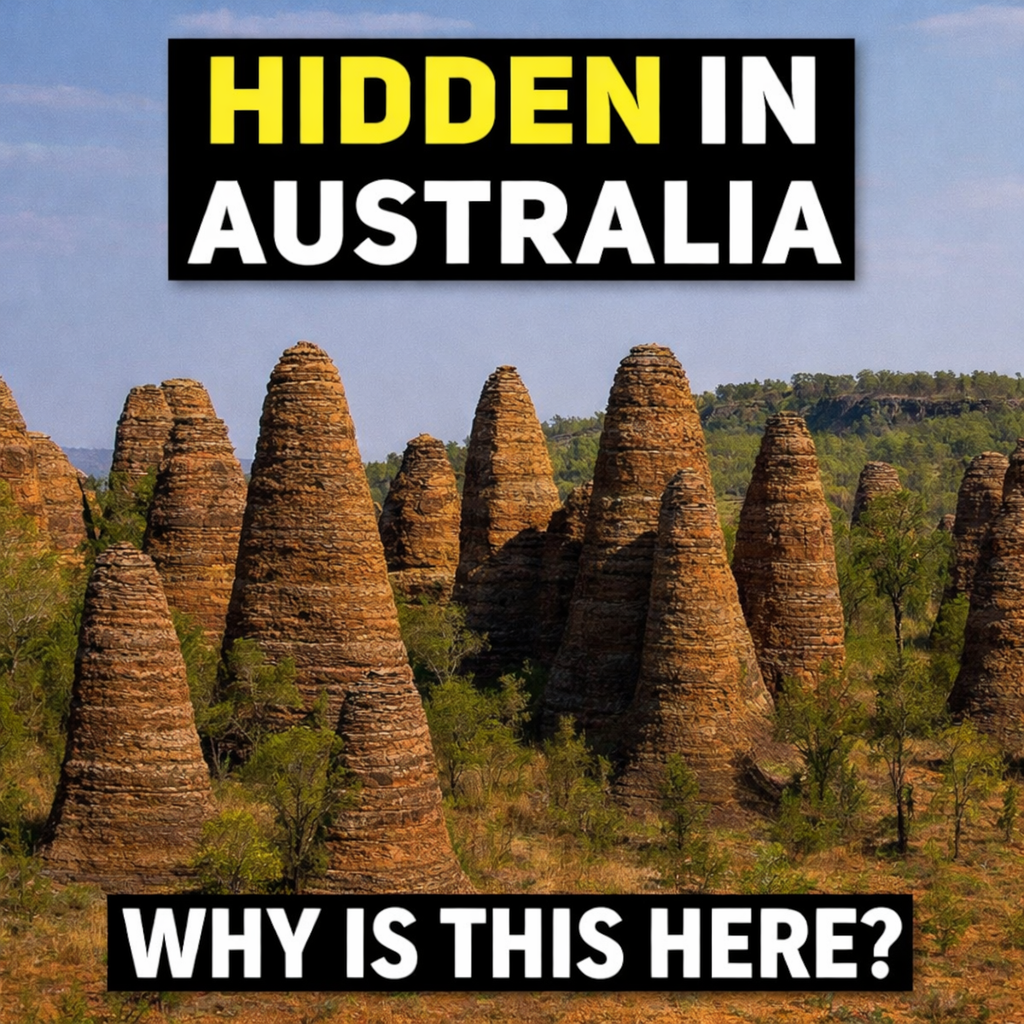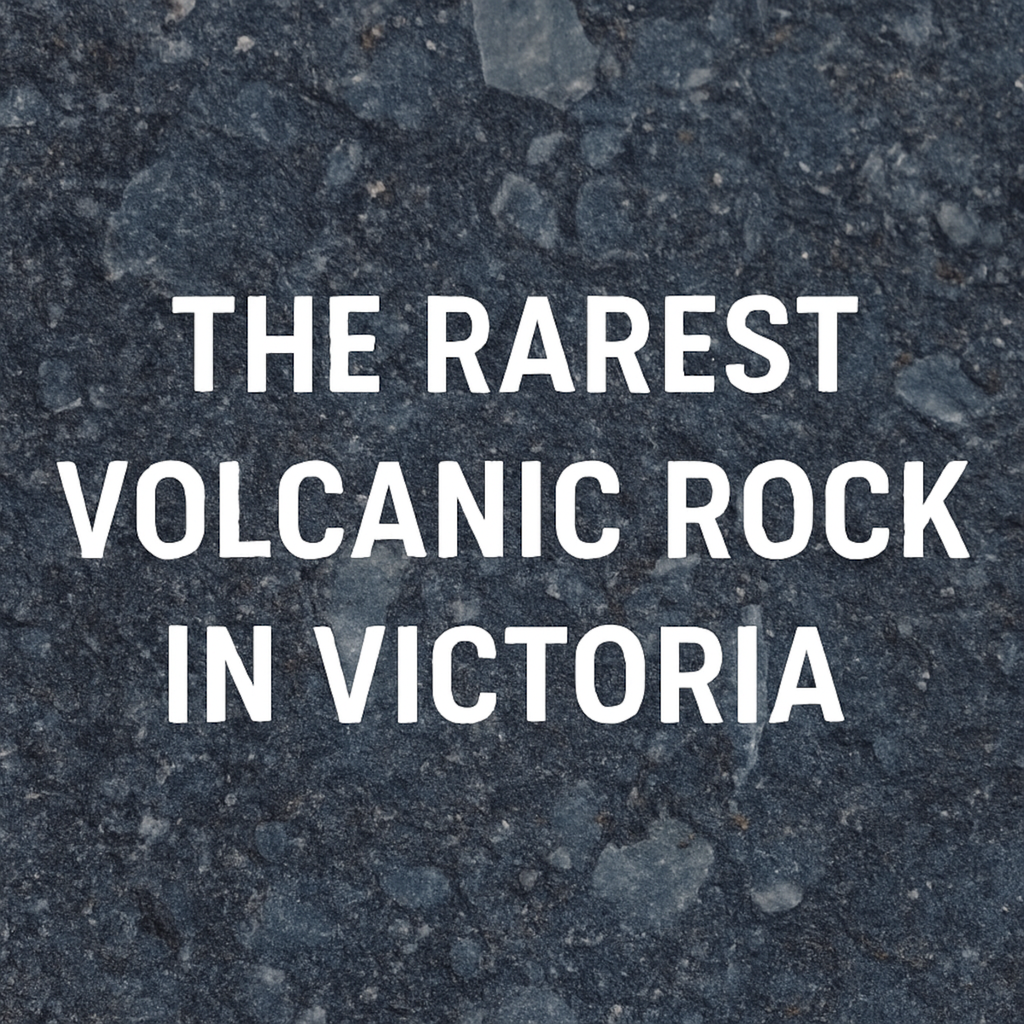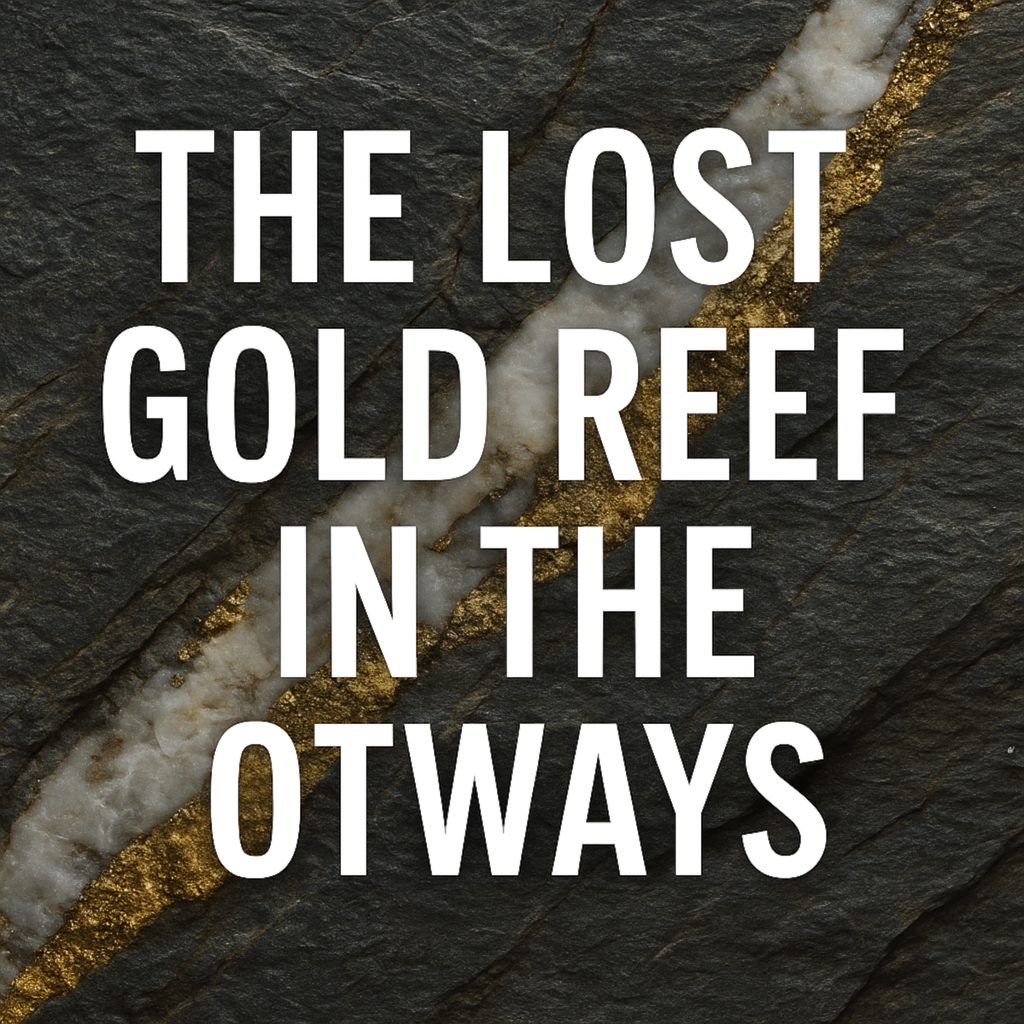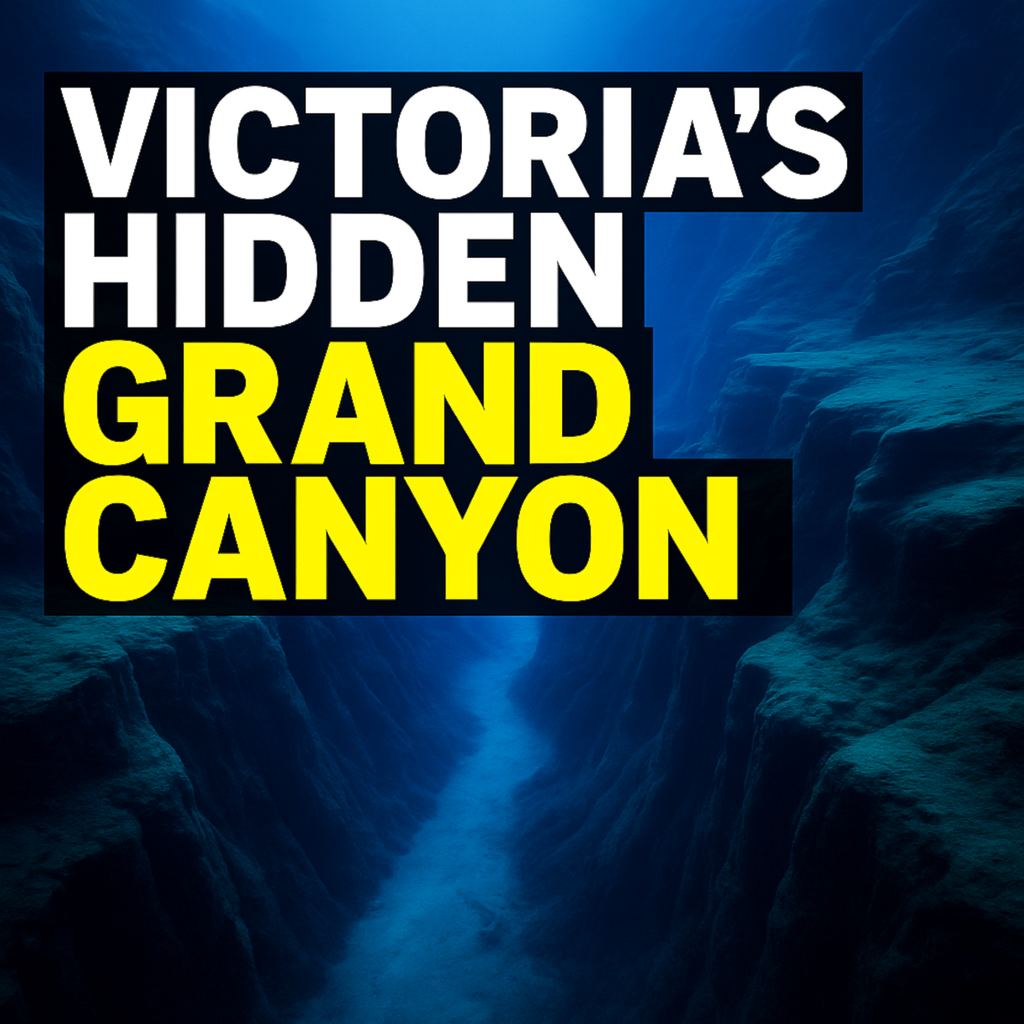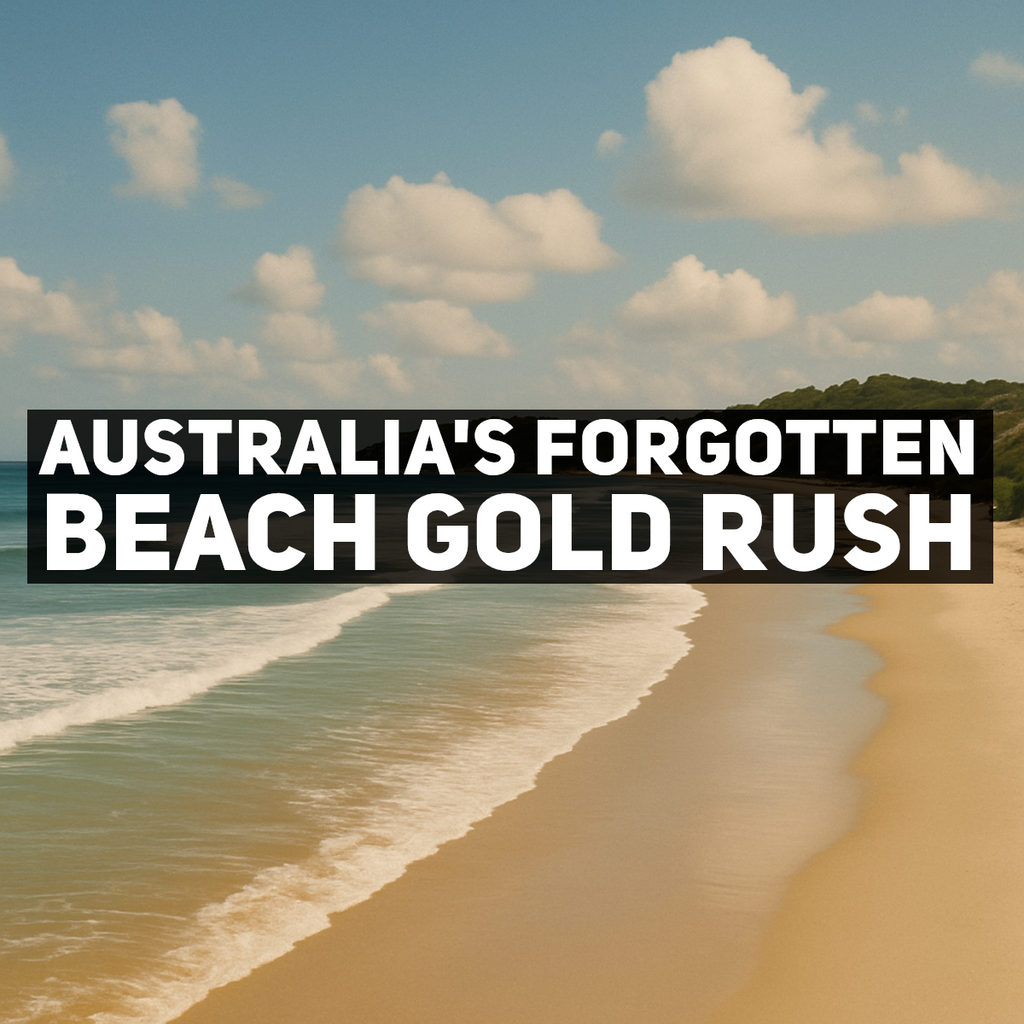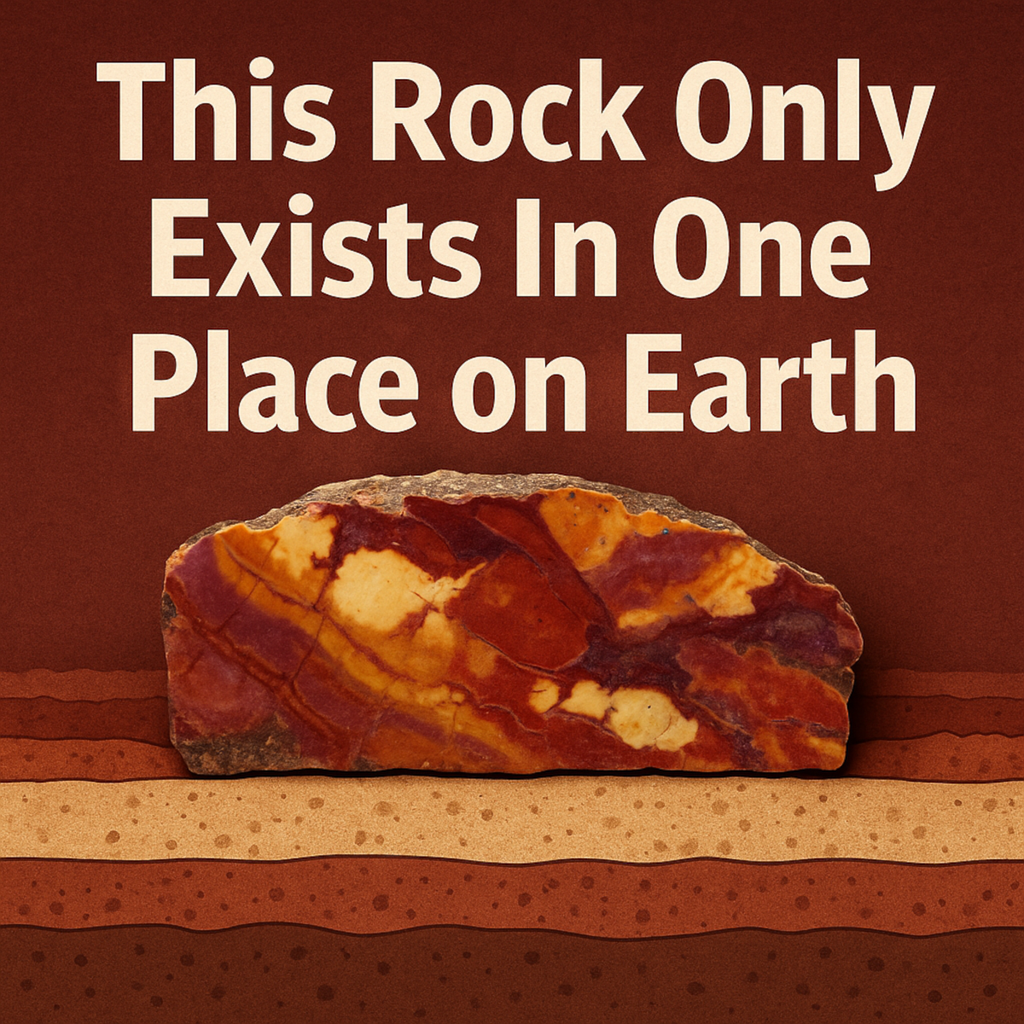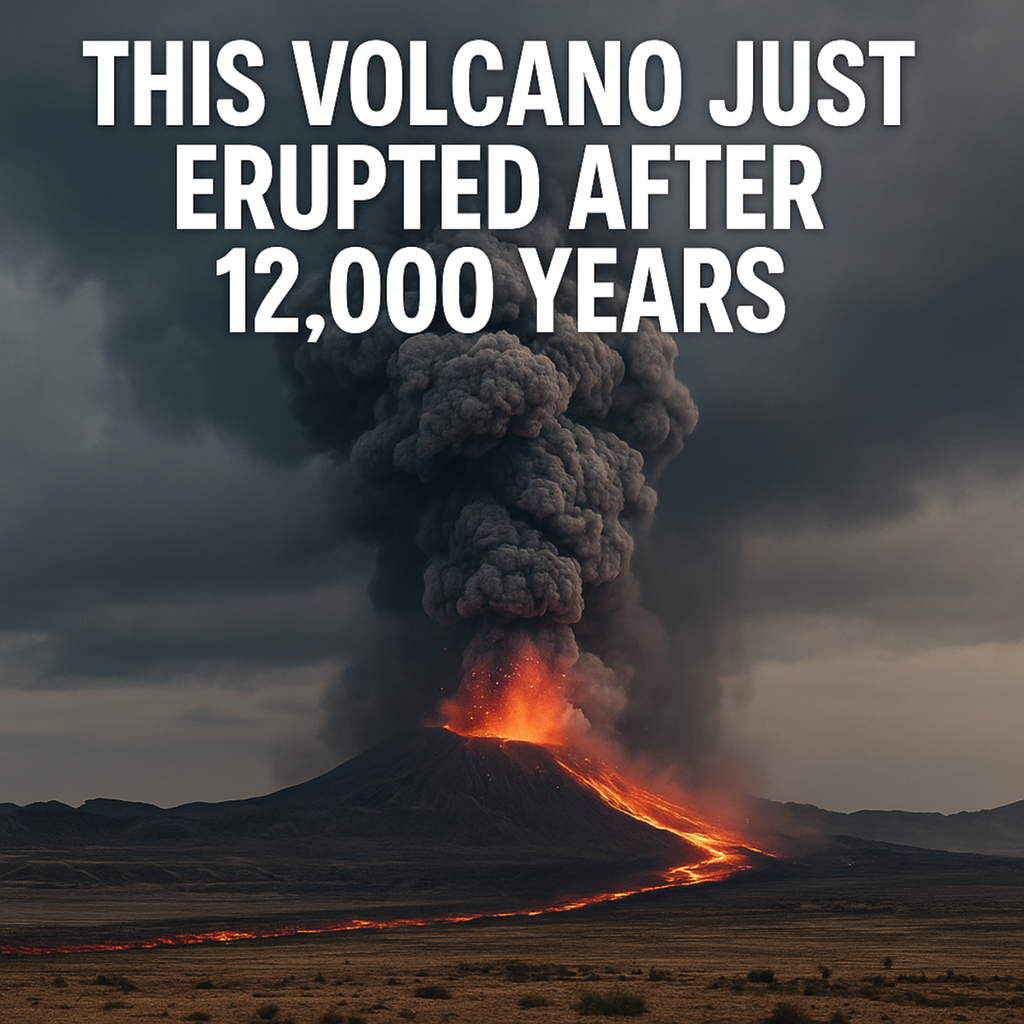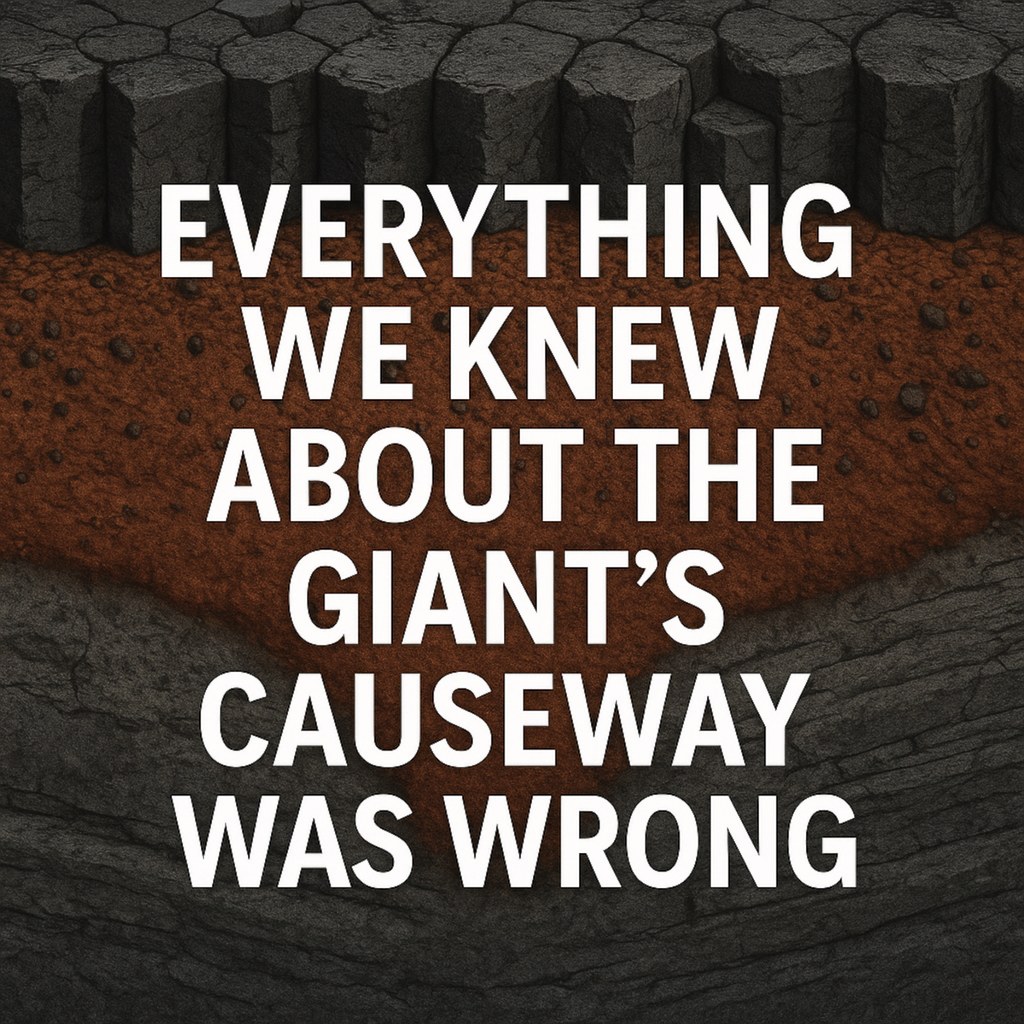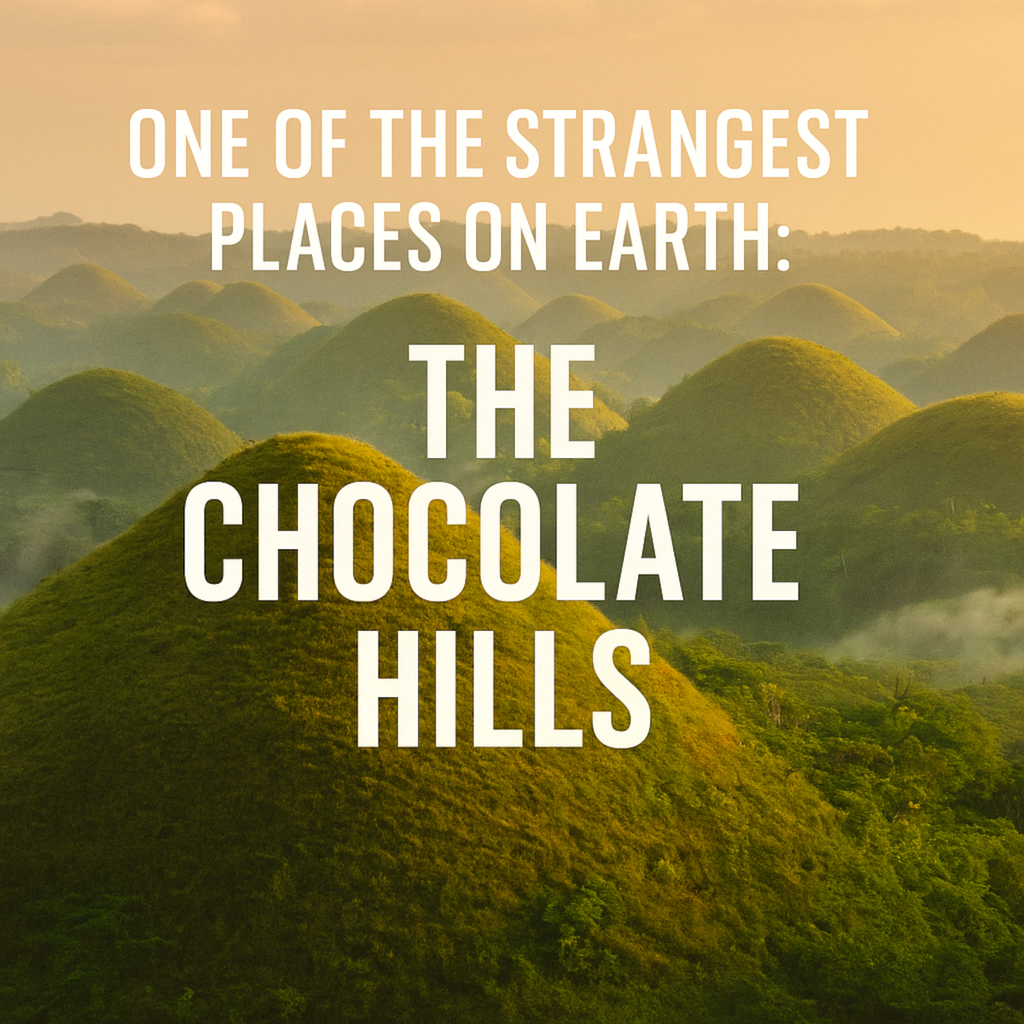The Mega Tsunami That Smashed Hawaii
Hidden high above sea level on the cliffs of Molokaʻi and the slopes of Lānaʻi is evidence of one of the largest waves Earth has ever produced. Long before humans reached Hawaiʻi, a catastrophic volcanic island collapse triggered a prehistoric mega tsunami that sent ocean water hundreds of metres inland. Coral fragments, marine fossils, and massive boulder deposits found far above any modern shoreline reveal a disaster far more powerful than earthquake tsunamis recorded in human history. This article explores the geological evidence, the source of the wave, how high it reached, when it occurred, and whether a Hawaiian mega tsunami of this scale could ever happen again.
